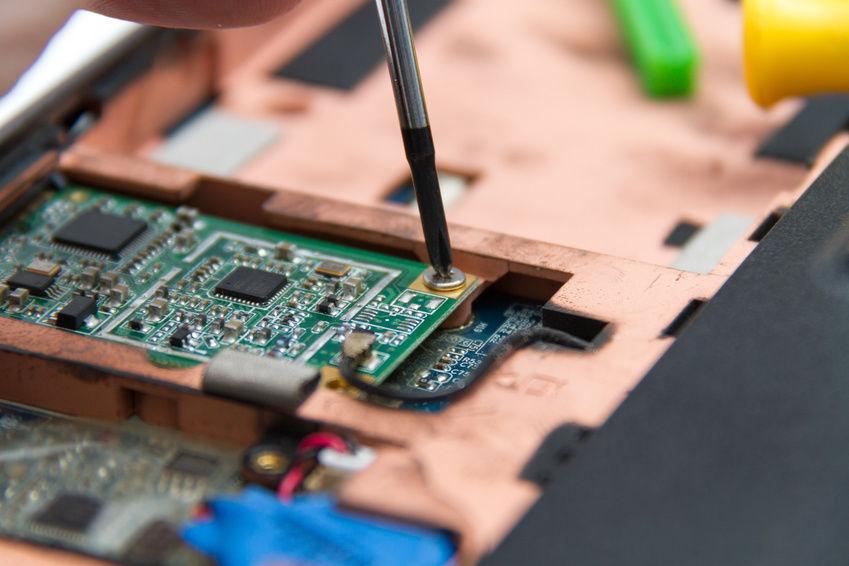- Related articles
- The difference between QSFP+ and CSFP
- Fiber Optic Solutions for Cisco C3KX-NM-10G Module
- Optical Transceivers for Cisco UCS-EP-MDS9148SL2 Switch
- What is a BiDi transceiver?
- What is a SFP module?
- Optical Transceivers for Cisco C3850-NM-8-10G= Switch
- Cisco OneX Converter Module: the CVR-X2-SFP10G & CVR-X2-SFP10G=
- CWDM SFP+ Solution for Cisco Compatible
- What Is GYXTW Fiber Optic Cable?
- All Cisco SFP-10G-SR’s information (Overview, List price, Specs, Datasheet PDF, Compatibil

A Network Interface Card (NIC) connects the computer to a network. Most commonly installed internally, it provides the electronic and physical connection to the network media. Internally, the NIC, also known as a network adapter, is either an expansion card or built right into the motherboard. Externally, it is a device that plugs into the computer ports. Most new computers come with a NIC installed already, but some older computers need one, or sometimes people want to upgrade the card. Other times, an external network card is needed with a stronger antenna to pick up wireless signals. Computer users should know about NICs, their interface compatibility, their data rates, and wireless networking protocols.

Replace Network Card
If you have an older laptop that doesn’t have the new 802.11ac protocol and want to upgrade there are few easy ways to do it. Install a new internal WiFi card or add an external USB adapter.
Adding a USB WiFi adapter/dongle is a easy and quick way to upgrade your laptop to 802.11ac. It is usually as simple as plugging the adapter into a USB slot and connecting to your WiFi. Sometimes drivers have to be loaded depending on the USB adapter and your operating system. There are many USB dongles to choose from. There are small ones that are barely noticeable to large ones with a big antenna for better range.
Install a New Network Card
Adding a new internal network card is not that difficult. It does require opening up your laptop removing the old card and inserting a new one. Often the most difficult part is finding an internal network card that is compatible with your laptop hardware and BIOS, (UEFI on newer laptops). Manufactures have what is called a Whitelist for network adapters that will work with certain models. This takes searching the internet for your laptop model number and type of internal cards it supports. If the adapter is not on the whitelist, than the computer will likely not start and give an error. Sometimes the BIOS in a laptop will not recognize the card even if it is the correct slot type. If the BIOS will not recognize the card than checking for BIOS flash updates would be a option. Although first researching your laptops network compatibility is always best. Be sure to also check if drivers are available for your OS. If you are running a common OS such as Windows 7 than you will likely have no issues. Older operating systems such as Windows XP may not have the drivers.
Summary
Without a network card, a computer cannot connect to the Internet. If you suspect your network card is broken, methodically check all alternatives to isolate the source of the problem. If the network card is indeed the source of the problem, there are many ways to resolve the issue. Buy external or internal replacement networking cards. Buy antivirus and security software in order to repair the device driver software that controls the existing card, or try restoring the operating system to its factory settings. Lastly, buy surge protectors to protect the physical hardware of the network card and the overall computer.





















































